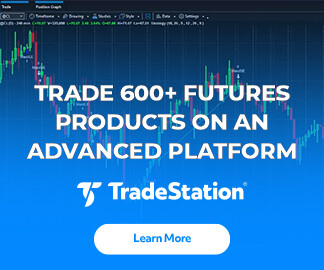The reopening trade is back with vengeance, with investors shifting to energy and financials as coronavirus infections plummet into yearend.
The SPDR Energy Fund (XLE) has gained 20 percent since the market peaked on September 2. Financials (XLF) are up 5 percent over the same period. Meanwhile technology stocks and the broader S&P 500 are down slightly. The price action firmly establishes XLE and XLF as the top performers this year — a huge change from 2020.
Both sectors benefit from the economy reopening, higher interest rates and faster inflation. All those trends have accelerated in recent weeks as Centers for Disease Control and Prevention data shows Covid-19 cases dropping by more than half in less than two months. (The seven-day average hit 75,000 this week, down from 160,000 in early September.)
Energy and financials may also present some interesting fundamental opportunities, following years of underperformance.
The first point is that investors have largely ignored both energy and financials for the better part of a decade. That could mean portfolio managers start looking into them as they study charts like the one below.
A second point is that both energy and financials are “value” stocks because they trade at lower multiples than the rest of the market. XLF’s average price/earnings ratio is 13 times, according to ETFdb.com. XLE trades for 15 times. The overall S&P 500 is valued for more than 22 times earnings, with Technology above 28 times.
Supply and Demand
As explained in this article, investors sometimes prefer lower multiple stocks when bond yields are rising. (Yesterday the 10-year Treasury yield hit a five-month high.)
Third, the supply/demand balance could be returning to favor both energy and financials. The Energy Department reported yesterday that crude-oil inventories fell more than expected to their lowest level in over six years. Forecasters think the market will tighten further as winter boosts heating demand and travel resumes. Major producers like OPEC and Russia have also opted not to increase production more quickly, additionally supporting prices.

It’s harder to measure demand for banking, but lending activity typically follows the business cycle. We also know that bankruptcies and defaults are at their lowest level in at least a decade. The S&P/Experian Consumer Credit Default Composite index dipped to just 0.39 percent last month, down from 1 percent in February 2020.
Another fact is that financials are running at very low levels of risk. The Fed’s Financial Soundness Indicator ended June at the highest reading since at least the end of 2009. That means banks can make more money simply by taking more risk. And it may be a suitable time to lend more because defaults are low, jobs are plentiful and home equity is at record levels.
Breakouts and ‘Window Dressing’
A fourth potential consideration is that XLE and XLF just broke potentially important chart levels. XLF escaped a four-month consolidation period to reach new all-time highs. XLE managed to claw above an important price zone from late 2019.
Finally, is the market phenomenon known as “window dressing.” That’s when portfolio managers shed lagging stocks late in a quarter or year to buy outperformers. Given the widening gap between sectors and the potential for more reopening as infections drop, that trend may play out this year.
In conclusion, investor sentiment has changed sharply in 2021 from 2020. But more than just a stronger economy could be at work. There are also signs of investor rotation and new macro conditions that may represent a longer lasting shift. This could be especially true after major technology companies report earnings in the next few weeks.


























